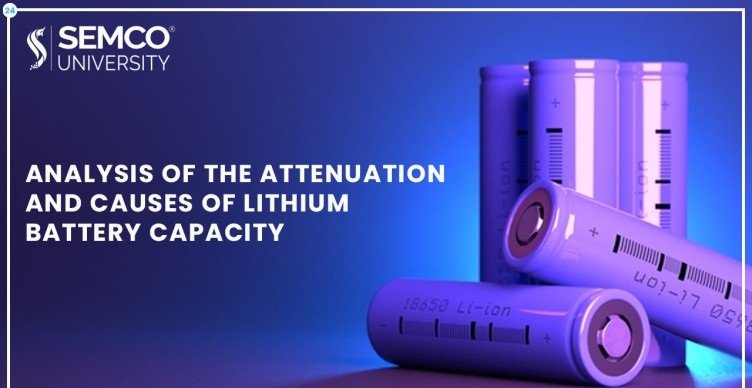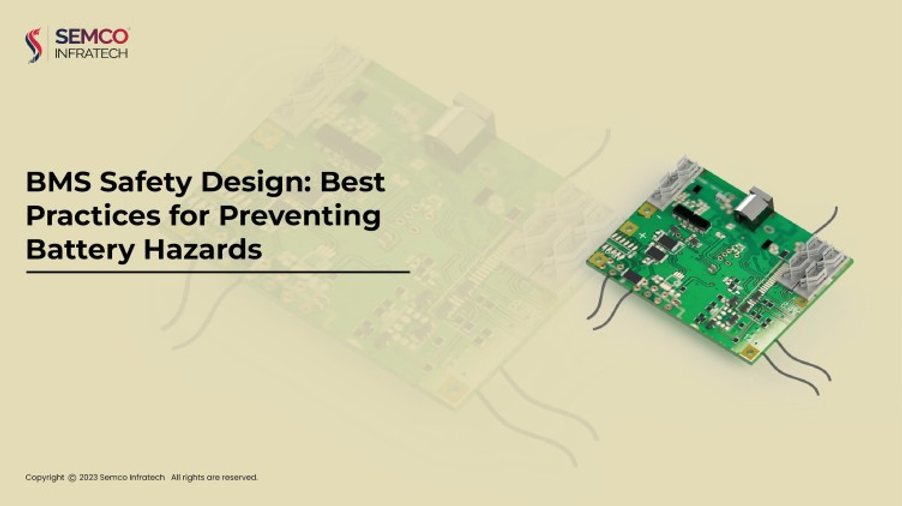
Battery packs are the heart of electric vehicles, but what goes into making a safe and reliable one? This article explores the various requirements that battery packs need to meet.
Performance and Consistency:
- Charging: Battery packs need to charge within a specific time at different temperatures and charge levels (e.g., 0-80% vs. full charge).
- Internal Resistance: This resistance should stay within limits across varying temperatures and charge levels. It should also have a slow growth rate over time to ensure long battery life.
- Consistency: Cells within the pack should have similar capacity, voltage, and self-discharge rates. A good Battery Management System (BMS) helps maintain this consistency.
Battery Life:
- Design Life: Packs are designed to last a certain number of years or kilometers in operation and while parked.
- Cycle Life: This refers to the number of charge/discharge cycles a battery can handle before its capacity significantly reduces.
- Calendar Life: Batteries degrade even when not in use. Requirements specify how well they should store at room temperature and high temperatures.
Thermal Management:
- Cooling System: The battery pack needs a cooling system to maintain optimal temperature during charging and discharging. This includes flow rate, water inlet temperature, and cooling performance targets.
- Heating and Insulation: Battery packs may also require heating systems for operation in cold climates and insulation for all-weather performance.

Safety:
- Mechanical Safety: The pack needs to be sealed against dust and water (IP ratings), and withstand vibrations, impacts, and crashes. It should also meet relevant safety standards.
- Electrical Safety: The pack should have features like high-voltage interlock, proper insulation, and protection against short circuits, overcurrent, overcharge, and over-discharge.
- Thermal Safety: The pack should have measures to detect and prevent thermal runaway, including alarms and protection against external fire and extreme temperatures.
Additional Requirements:
- Electromagnetic Compatibility (EMC): The pack should not generate excessive electromagnetic interference.
- Flame Retardancy: Non-metallic materials in the pack need to be flame retardant.
- Restricted Substances: Certain materials are prohibited or restricted for environmental and safety reasons.
Certification and Components:
- The pack and its components need to be certified according to relevant national and international standards.
- Specific requirements exist for high-voltage interlock circuits, wiring harnesses, grounding, insulation, and pre-charging circuits.
By meeting these rigorous requirements, battery pack manufacturers ensure the safety, performance, and longevity of electric vehicle batteries.
_____________________________________________________________________





